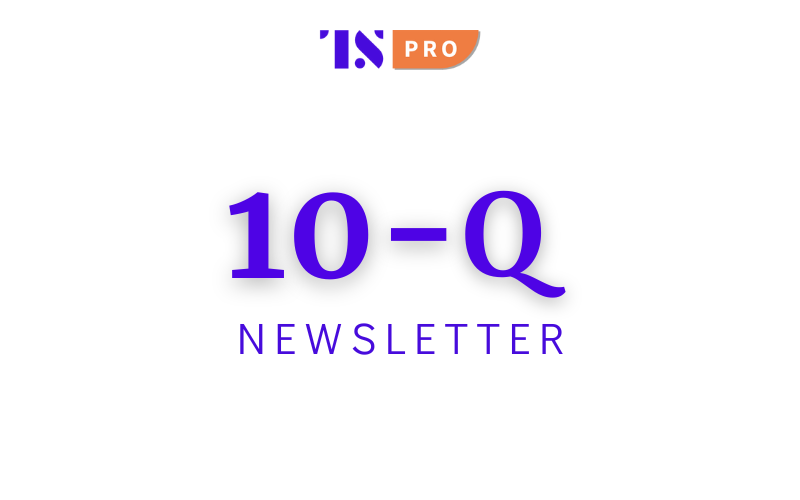The rise and stall of technological innovation among Wall Street banks
- Once cautious and threatened by GenAI when OpenAI's ChatGPT hit the scene in 2022, banks are now building or collaborating on this technology, seeking to leverage its capabilities to improve their operational efficiency.
- JPMorgan is one of the traditional incumbent banks showing signs of progress and leading the way in effective tech transformation in emerging areas.

Some have made it past the initial hurdle, while others remain bogged down by the entry exam
Fintechs typically outshine banks in terms of personalization and marketing, but their technological progress is where they truly lead. However, as the industry shifts toward digital, traditional banks are compelled to prioritize technology to remain competitive against fintechs, non-bank firms, and payment companies.
Deploying new software and modern tools reflects a bank’s readiness to adapt and compete. Yet, without overhauling legacy tech, adequate adapting, or well-trained staff, the shift alone won’t be sufficient and the transition may fall short.
It’s important to note that transitioning from legacy technology — known for its security but lacking in flexibility and speed — to modern tech infrastructure is no easy feat for incumbent banks and it might be years before these investments and transformations show tangible results. However, we’re starting to see a few banks take their first steps in this direction.
JPMorgan is one of the traditional incumbent banks showing signs of progress and leading the way in effective tech transformation in emerging areas.
In discussing the evolving generative technology within the banking sector, what began with several big banks including JPM banning employees from using consumer AI chatbots like ChatGPT in early 2023 is now a whole new ballgame.
Once cautious and threatened by GenAI when OpenAI’s ChatGPT hit the scene in 2022, banks are now building or collaborating on this technology, seeking to leverage its capabilities to improve their operational efficiency.
Build: JPMorgan’s ChatGPT-inspired “LLM Suite”
JPMorgan Chase has launched a generative artificial intelligence product for its employees, capable of performing tasks typically done by research analysts, such as writing, idea generation, and document summarization using third-party models.
The bank’s asset and wealth management division now has access to this large language model platform, dubbed LLM Suite, which is JPMorgan’s in-house equivalent of OpenAI’s ChatGPT.
According to an internal memo, employees can “Think of LLM Suite as a research analyst that can offer information, solutions, and advice on a topic.”
JPMorgan began introducing LLM Suite to various parts of the bank earlier this year, reaching about 50,000 employees. This rollout represents one of Wall Street’s largest applications of LLMs. As JPMorgan integrates LLM Suite into its existing systems, the specific challenges faced by the tech model remain unknown, particularly in comparison to issues encountered by other AI models.
“There’s not going to be a single LLM that will be all things to all people, even in a single organization. Every use case might have its own specific, custom LLM, a situation that will create its own infrastructure issues,” said Steve Flinter, Engineer of AI and Quantum Computing at Mastercard.
…



